The Graded Response Action Plan (GRAP) Stage 1 restrictions has been implemented in the Delhi NCR region ahead of the Diwali festivities. This move reflects a proactive step by authorities to manage the annual increase in air pollution that worsens during the winter months. Air pollution in Delhi has been a significant concern for several years, especially around Diwali when factors such as stubble burning in neighbouring states, vehicular emissions, and firecracker usage converge to degrade air quality. To combat this, the Commission for Air Quality Management (CAQM) has activated the first stage of GRAP, marking the entry of air quality into the 'poor' category on the Air Quality Index (AQI).
Understanding GRAP and its Stages
GRAP is a comprehensive set of emergency that was introduced in 2017 in response to orders from the Supreme Court to address rising pollution levels in Delhi NCR. It operates on a four-stage system, each defined by specific Air Quality Index (AQI) ranges, with corresponding measures that escalate based on pollution severity. GRAP includes a range of actions such as restrictions on construction activities, vehicular movement, and industrial emissions, aimed at protecting public health and improving air quality. It operates on four stages, each corresponding to a particular AQI range.
- Stage 1: For AQI between 201 and 300 (Poor)
- Stage 2: For AQI between 301 and 400 (Very Poor)
- Stage 3: For AQI between 401 and 450 (Severe)
- Stage 4: For AQI above 450 (Severe+)
Each stage entails a set of restrictions, ranging from the control of dust and vehicular emissions to halting construction activities and imposing restrictions on industrial operations. The activation of GRAP Stage 1 indicates that the air quality in the NCR has entered the ‘poor’ category, triggering specific measures aimed at preventing further deterioration.
Key GRAP Stage 1 Measures
With the activation of Stage 1, specific measures have been introduced to reduce dust and emissions in the region. Construction activities, a major source of dust pollution, must comply with several guidelines. Construction sites are required to control dust by regularly sprinkling water, covering loose soil and debris, and installing anti-smog guns to prevent dust from spreading into the air. Other measures include the restriction on diesel generators, except for essential services, and the ban on open burning of solid waste. Additionally, vehicular emissions are being targeted through restrictions on old diesel vehicles, with increased efforts to promote public transportation to reduce overall emissions from private vehicles.
The Role of the Real Estate Sector and CREDAI NCR’s Response
The real estate sector, being one of the largest contributors to dust pollution, has a critical role to play in reducing air pollution under GRAP guidelines. In response to this, the Confederation of Real Estate Developers' Associations of India (CREDAI) NCR chapter has issued detailed instructions to its member developers, stressing the need to comply with the CAQM guidelines. Developers are urged to implement dust control systems at all construction sites, ensure proper disposal of construction waste, and minimize the movement of materials that could lead to airborne dust. CREDAI NCR President Manoj Gaur stated that while the real estate industry is committed to maintaining environmental standards, there is also a need to balance pollution control efforts with the economic impacts of halting construction altogether. Gaur highlighted that GRAP Stage 1 allows construction to continue under strict conditions, which helps avoid the severe economic consequences that would arise from completely stopping construction projects.
Halting construction entirely, as seen in later stages of GRAP, could lead to delays in project timelines, financial losses for developers, and job losses for thousands of workers who depend on construction activities for their livelihoods. The guidelines provided by CREDAI NCR are aimed at ensuring that construction activities continue in an environmentally responsible manner without exacerbating pollution levels. Developers have been advised to register with pollution control boards to ensure compliance with dust mitigation measures. They are also encouraged to explore alternative methods to minimize environmental impact during the construction process.
Challenges and the Path Forward
The GRAP Stage 1 measures, although crucial for controlling pollution, come with challenges. Construction projects are particularly sensitive to delays, and even a brief pause in activities can lead to cost overruns. The festive season is an important time for the real estate sector, as it often coincides with an increase in property sales. Developers are, therefore, keen to maintain project momentum while complying with GRAP regulations. As GRAP progresses through its stages, the potential for stricter restrictions looms, especially if air quality continues to deteriorate. This means that developers must remain prepared to adapt to further restrictions that may require the halting of non-essential construction activities altogether.
Despite the introduction of GRAP Stage 1, enforcement remains a significant challenge. Smaller construction projects and unregulated sectors, particularly in unauthorized colonies, often evade scrutiny. This undermines the efforts of larger, regulated construction projects that are adhering to the guidelines. Moreover, effective enforcement will be essential to ensure that the restrictions are applied uniformly across all sectors.
Beyond immediate measures like GRAP, tackling Delhi NCR’s pollution crisis in the long term requires a multi-pronged approach. This includes addressing issues such as stubble burning in Punjab and Haryana, which contribute significantly to the seasonal spikes in pollution. The promotion of cleaner energy sources and the expansion of public transportation networks will also be crucial in reducing reliance on polluting vehicles. While GRAP provides a temporary solution during the most critical periods of pollution, it does not address the systemic issues that cause poor air quality throughout the year.

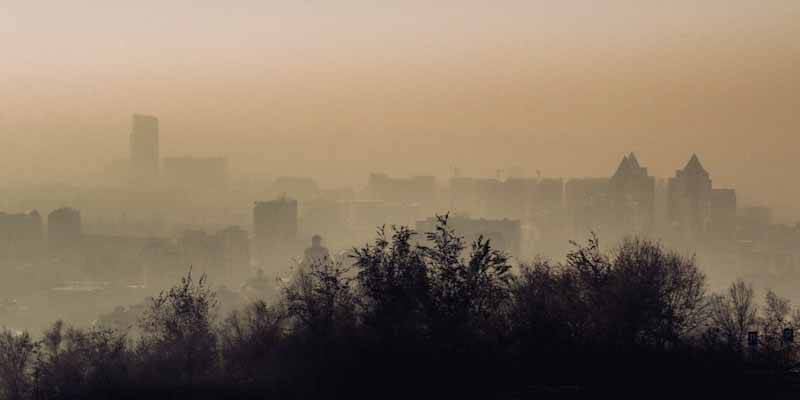
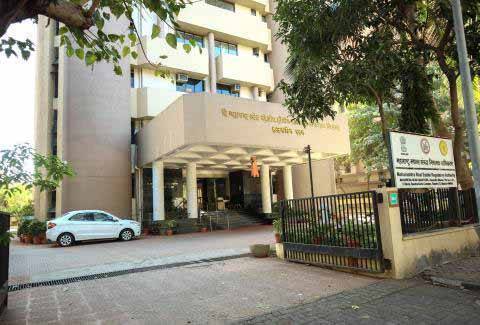
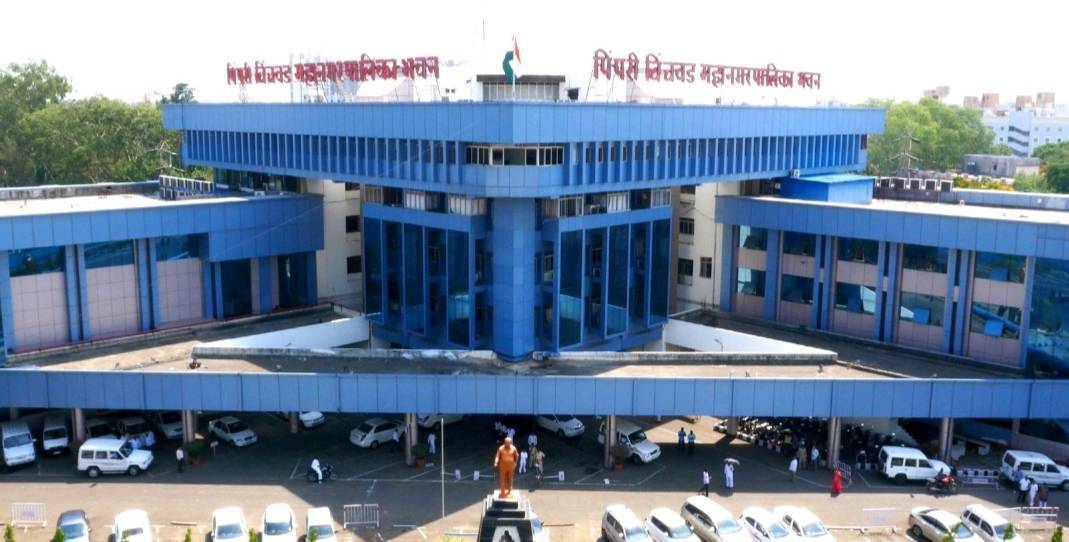
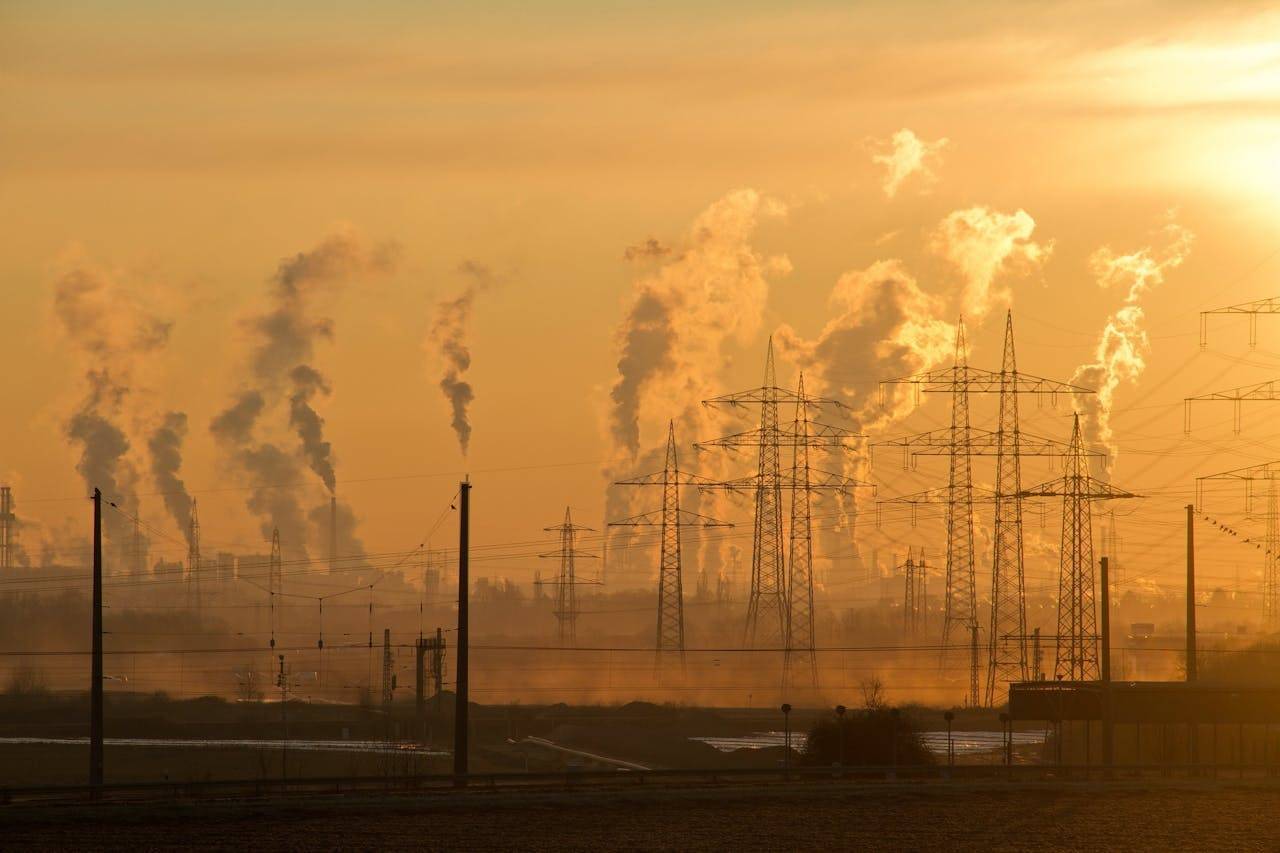
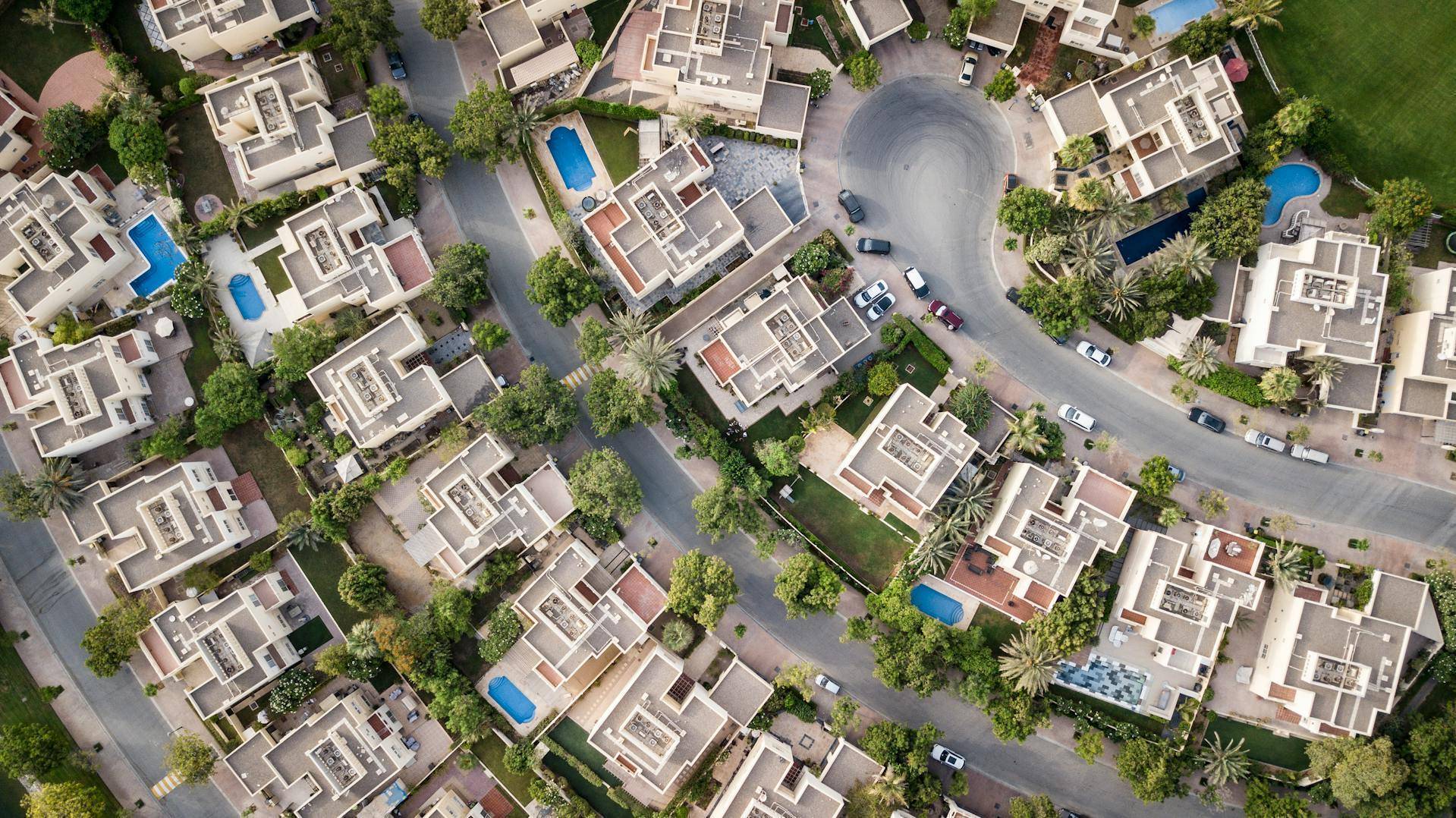
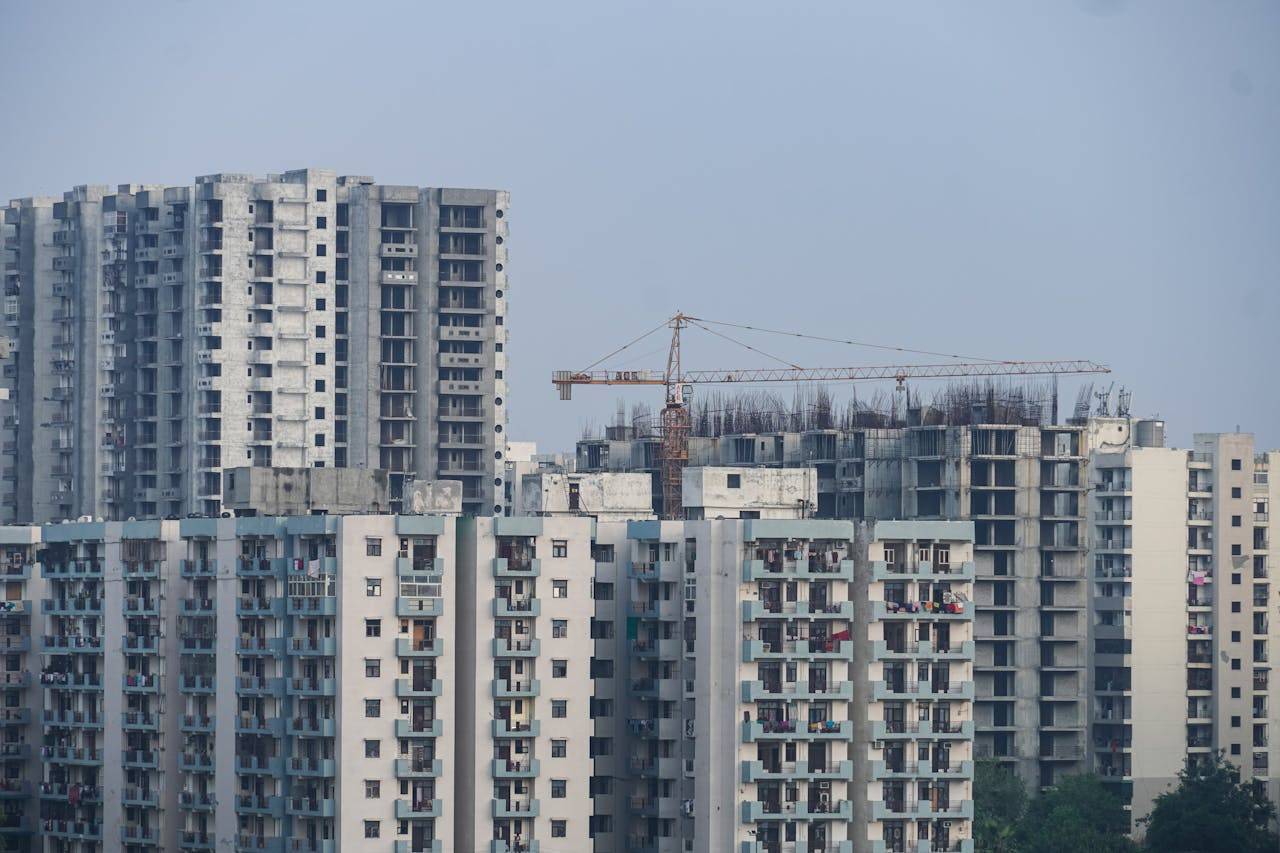

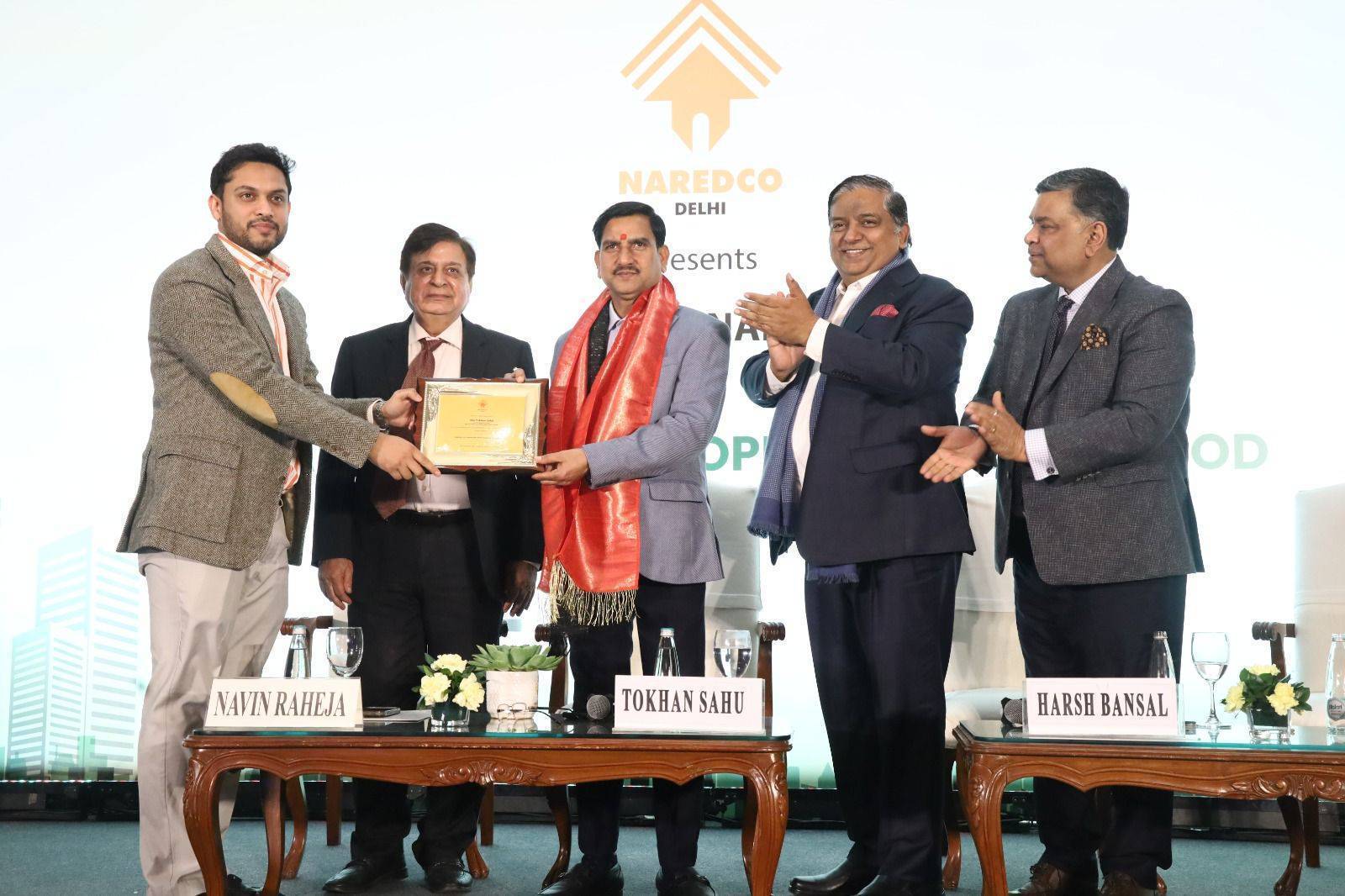
.png)